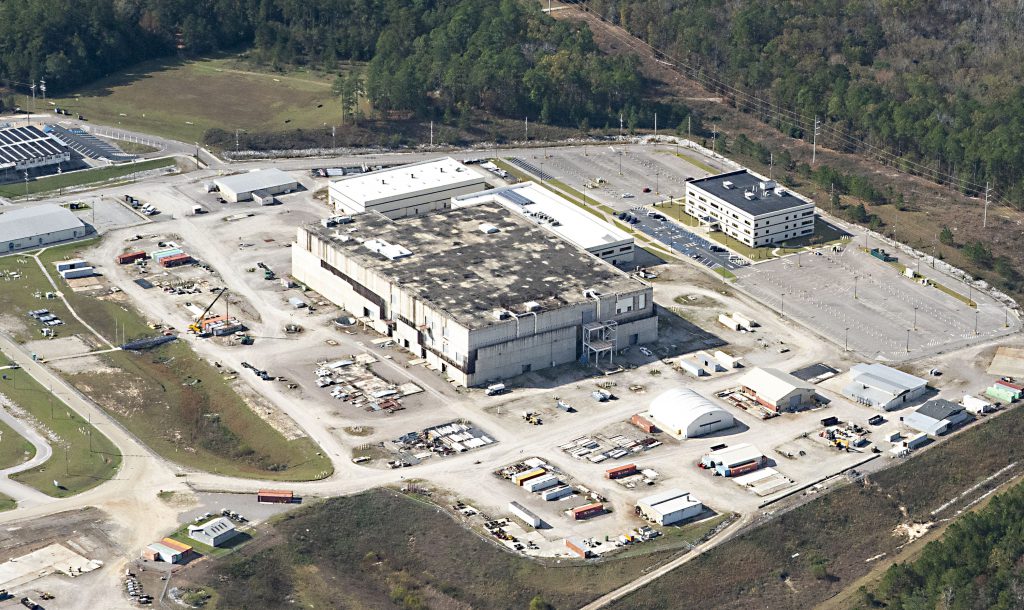Biden administration expected to take ‘critical look’ at next-generation warhead, estimated to be twice as explosive as Trident
By: Colin Demarest cdemarest@aikenstandard.com / postandcourier.com

Photo courtesy of High Flyer
In blunt, if not damning, remarks at a Friday event, the chairman of the House Armed Services Committee expressed serious reservations about plutonium pit production at the Savannah River Site and questioned the competency of the National Nuclear Security Administration, overall.
Likening the conversion of the failed Mixed Oxide Fuel Fabrication Facility to flipping a bowling alley into a restaurant, U.S. Rep. Adam Smith said he was “highly skeptical that they’re going to be able to turn that building into an effective pit production facility. Highly skeptical.”
And that’s concerning, he further suggested, because failure risks the health of the nation’s nuclear arsenal – however big or small one might want it “They’ve been around for a long time,” the Washington Democrat said of U.S. nuclear weapons. “We have to make sure they work.”
In a bid to modernize the stockpile and satisfy military demands, the National Nuclear Security Administration and the Department of Defense in May 2018 recommended crafting plutonium cores or triggers – pits – in two states. At least 50 per year would be made in South Carolina, at a repurposed MOX facility, they jointly counseled, and at least 30 per year would be made in New Mexico, at a beefed up Los Alamos National Laboratory.
The endeavor, an uphill slog, will cost billions of dollars.
“And this is, I think, a pretty good summary of my great frustration within DOD. We say, in the case of pits or in the case of ships, ‘Pick your number.’ We need 30 pits a year? OK,” Smith said at the Center for Strategic and International Studies Dec. 11 forum. “Then it turns out that we’re having a devil of a time making 30 pits a year. We’re not sure we’re going to hit that goal. So what’s their solution? ‘We’re going to do 80 pits a year.’ I’m like, are you freaking kidding me?”
An independent evaluation of the government’s pit production plans in 2019 found that reaching 80 pits per year is possible, but extremely challenging; no available option would likely meet the demand by deadline, 2030; and further risk assessment was needed. In order to produce the desired amount of pits and align with the 2018 Nuclear Posture Review, “the department must take significant action,” the Department of Energy’s inspector general similarly reported in November.
Smith’s doubts are neither new nor uncommon. And they cast a dark shadow over what many in Aiken County see as a jobs jackpot, among other things.
Over the summer, the chairman said he would “confidently bet $100” that the Savannah River Site would not uphold its end of the cross-country pit production bargain. Early last year, U.S. Sen. Lindsey Graham said: “The pit production mission, we’ll see how real that is.”
“I have no confidence we’re going to have two pit production facilities,” the powerful Palmetto State Republican said in 2019, “unless somebody can figure this out better than we have today.”
Savannah River Site Watch Director Tom Clements in a Sunday email described Smith’s assessment as “striking.” It both “dramatically raises the pressure on the ill-conceived SRS plutonium pit plant,” he said, and sets the tone for the coming year.
The 310-square-mile Savannah River Site is about 30 minutes south of Aiken, near New Ellenton and Jackson.
